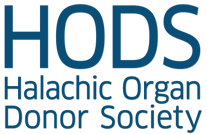This review focuses on the how doctors determine brain death, the potential confusing factors, and discusses valid confirmatory tests. Brain-stem death implies total loss of function to the part of the brain responsible for spontaneous breathing, maintaining blood pressure, cough reflex, pupil dilation, and to some extent heart rate. When these reflexes do not work, a spontaneous breathing test (apnea test) is performed. Finally, confirmatory tests proving a lack of blood flow to the brain-stem and absence of brain electrical activity are performed. At this time, the patient’s family should be told about their loved one’s hopeless condition and options for organ donation discussed. A few important notes: 1) reflex testing on infants and children is more complicated because their reflexes may not be fully formed 2) even after a patient fails reflex tests, spontaneous movements have been documented; these are spinal movements and not an indication of brain function 3) patients must be ruled out for locked-in syndrome (an almost total paralysis of a conscious patient with partial control of eye movements), hypothermia, drug intoxication, and, in some severe cases, Guillain-Barre Syndrome (a rare paralysis starting at the feet and rising over a few days).
Halachic Organ donor Society, 3926 W. Touhy Ave, Suite #365, Lincolnwood, IL, 60712-1028. Phone: 646-599-3895, Email: office@hods.org
